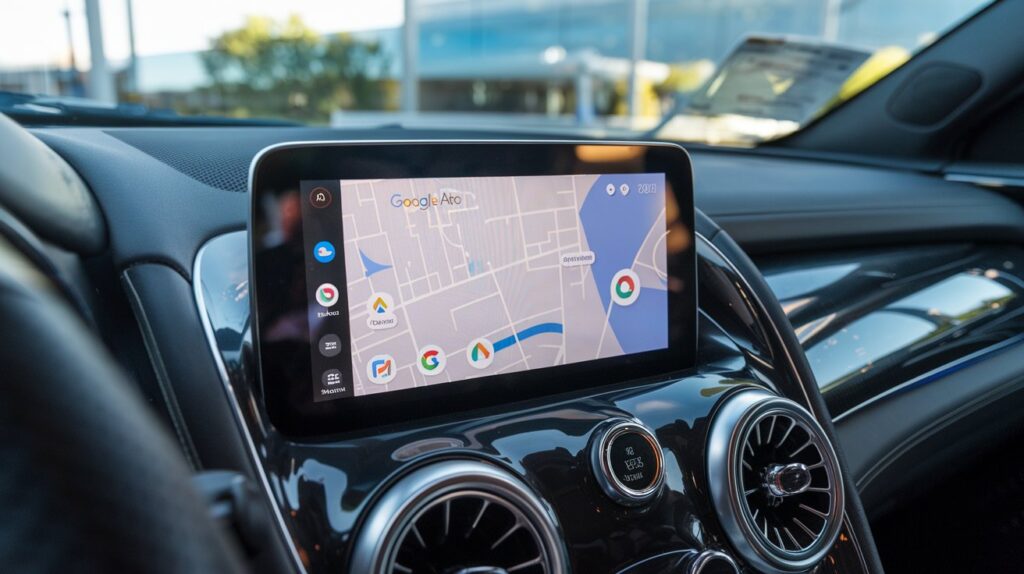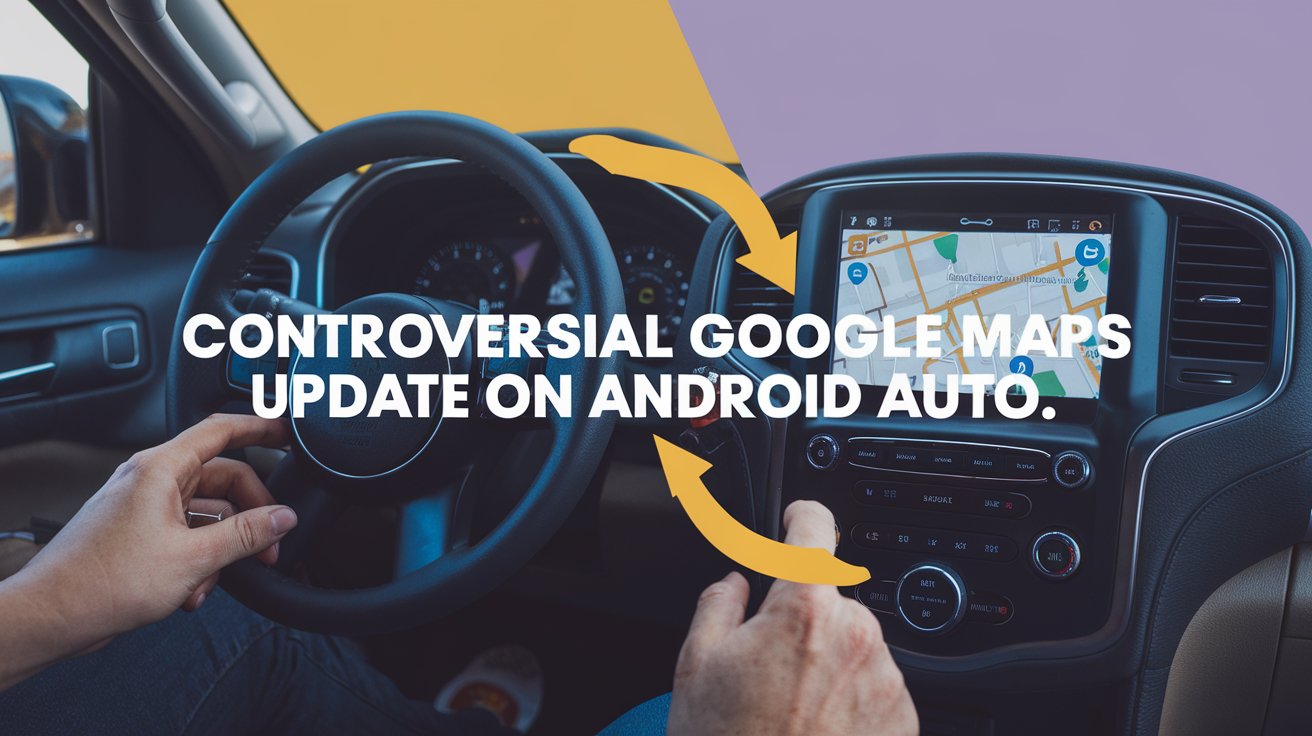Google Maps on Android Auto Receives Unnecessary Alignment Update
In a recent update, Google Maps for Android Auto has undergone an alignment change that has sparked debate among users. While some may see it as a minor adjustment, others argue it’s an unnecessary modification that disrupts the app’s usability. In this article, we’ll dive into the details of this update, its implications, and what it means for drivers who rely on Google Maps for navigation.
Table of Contents
The Overview of the Update
Google Maps, a widely used navigation tool, recently introduced a new alignment feature within Android Auto. This update centered various elements, leading to a right alignment of map information and controls. While alignment tweaks may seem mundane, they have led to mixed reactions among the app’s passionate user base.
A Closer Look at the Changes
Here’s a brief rundown of what the alignment update entails:

- Center Alignment Shift: The previously left-aligned text and controls have been shifted to the center, which some users find less intuitive.
- Right Alignment Concerns: Drivers navigating often rely on quick glances at their screens, and this update has raised concerns about readability and ease of use.
- User Experience Implications: Many believe that efficient navigation should prioritize clarity and speed, rather than aesthetics.
The User Reactions
As soon as the update was rolled out, social media was abuzz with feedback. Users expressed their thoughts through various platforms, reflecting a consensus that this change could complicate a system that was already functioning optimally. Here are some common sentiments:

- “It’s confusing!” – Many users stated that the new alignment was more distracting than helpful, particularly while driving.
- “Why fix what isn’t broken?” – There’s a strong sentiment that Google should focus on more pressing issues rather than cosmetic changes.
- “I prefer the old layout.” – Nostalgia for the previous user interface was evident, with many long-time users wishing to revert to an earlier version.
Who Does This Affect?
While the update impacts all users of Google Maps on Android Auto, its effects may be more pronounced for specific groups:
- Daily Commuters: Individuals who rely on Google Maps daily for commuting may find the new interface disruptive.
- Long-Distance Travelers: Those using the app for long drives often depend on seamless navigation, making a sudden adjustment more noticeable.
- Senior Drivers: Users who are not well-versed in technology could struggle to adapt to an unfamiliar layout.
What Users Can Do
For those who are less than pleased with the alignment update, there are a few potential workarounds and suggestions:
- Provide Feedback: Google often takes user feedback into account for future updates. Submitting feedback through the app or on forums may help to address these concerns.
- Stay Updated: Keep an eye on upcoming updates. Google frequently rolls out tweaks and adjustments to enhance user experience.
- Explore Alternatives: While Google Maps dominates the market, alternative navigation apps may provide a more user-friendly experience.
Potential Fixes by Google
It’s important to remember that software updates are often subject to revisions. Google has a robust history of adjusting features based on user feedback. Potential fixes for the current alignment issue could include:
- Reverting to Original Alignment: Acknowledging public outcry may lead Google to revert to the center or left alignment.
- Customization Options: Allowing users to choose their preferred alignment could improve satisfaction.
- Enhanced Readability Features: Implementing further readability improvements, regardless of alignment, may also enhance overall user experience.
Conclusion: A Step in the Wrong Direction?
At the end of the day, this unnecessary alignment update begs the question: why fix something that wasn’t broken? Google Maps has been a cornerstone for drivers seeking clarity, reliability, and ease of navigation. With a focus on aesthetics over functionality, this latest update has left many users scratching their heads.
As concerning as this update may be, it also offers users a chance to voice their opinions. Companies like Google thrive on feedback, so now is the time for users to share their experiences and push for solutions that enhance, rather than hinder, their navigation experience.
Ultimately, the hope is that Google can take this feedback to heart and consider a path that prioritizes usability and clarity. While updates are a necessary part of any tech ecosystem, it’s crucial that these changes serve to improve, rather than complicate the user experience. [USnewsSphere.com]





